Ditapis dengan
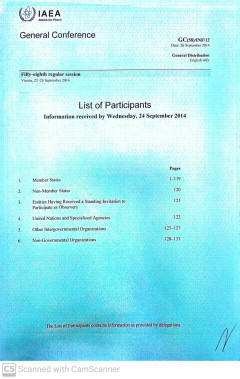
General Conference: List of Particioants Fifty-eighth regular session
- Edisi
- -
- ISBN/ISSN
- -
- Deskripsi Fisik
- 11p.;illus, 24cm
- Judul Seri
- -
- No. Panggil
- 015 IAE G
- Edisi
- -
- ISBN/ISSN
- -
- Deskripsi Fisik
- 11p.;illus, 24cm
- Judul Seri
- -
- No. Panggil
- 015 IAE G
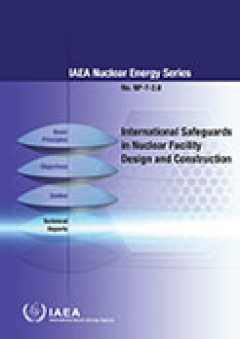
International Safeguards in Nuclear Facility Design and Construction: IAEA Nu…
This IAEA publication provides guidance on the inclusion of safeguards considerations in nuclear facility design and construction. This first volume introduces the basic principles of safeguards by design and discusses the goals, costs and rewards, and places the information into the context of nuclear facility design and construction. Benefits and opportunities for all stakeholders are emphasi…
- Edisi
- -
- ISBN/ISSN
- 978-92-0-140610-1
- Deskripsi Fisik
- 22 p.; 30 cm.
- Judul Seri
- IAEA Nuclear Energy Series
- No. Panggil
- 621.483 IAE i (2)
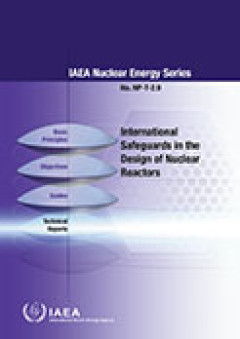
International Safeguards in the Design of Nuclear Reactors: IAEA Nuclear Ener…
This IAEA publication provides guidance on the inclusion of safeguards considerations in nuclear facility design and construction. This first volume introduces the basic principles of safeguards by design and discusses the goals, costs and rewards, and places the information into the context of nuclear facility design and construction. Benefits and opportunities for all stakeholders are emphasi…
- Edisi
- -
- ISBN/ISSN
- 978-92-0-106514-8
- Deskripsi Fisik
- 63 p; 30 cm.
- Judul Seri
- IAEA Nuclear Energy Series
- No. Panggil
- 621.483 IAE i
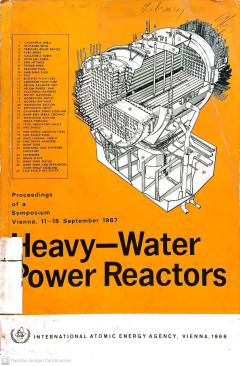
Heavy-Water Power Reactors: Proceedings of a Symposium Vienna, 11-15 Septembe…
Heavy-water reactors have evoked a great deal of interest since the early days of atomic power development. These reactors, by virtue of their good neutron economy, offer certain advantages over other types, including lower fuel inventory, versatility in fuel cycle with the possibility of using natural or enriched uranium as well as thorium, better fuel utilization, and consequently low fuel cy…
- Edisi
- -
- ISBN/ISSN
- -
- Deskripsi Fisik
- 981 p: illus.; 24 cm.
- Judul Seri
- Proceedings Series
- No. Panggil
- 621.483 IAE h
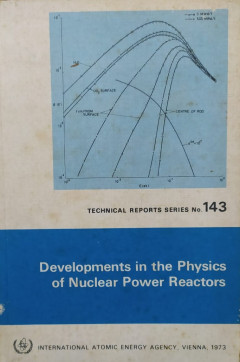
Developments in the Physics of Nuclear Power Reactors: Technical Reports Seri…
The reactor physicst must resist the tendency to become so immersed in day-to-day problems as to lose sight of the overall role of reactor physics. It is his responsibility to form an independent opinion of the overall requirements of a project with respect to reactor physics and to try to make sure they are met. The rest of this presentation gives a general picture of the areas in which rea…
- Edisi
- -
- ISBN/ISSN
- -
- Deskripsi Fisik
- 291 p., illus.; 24 cm.
- Judul Seri
- Technical Reports Series No. 143
- No. Panggil
- 621.483 IAE d
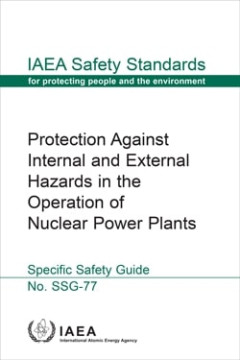
Protection Against Internal and External Hazards in the Operation of Nuclear …
This Safety Guide provides specific recommendations on protection against internal and external hazards in the operation of nuclear power plants. It provides new or updated recommendations derived from enhanced understanding of operational aspects of hazards and combinations of hazards. Operating experience gained from incidents and accidents in nuclear power plants around the world has demonst…
- Edisi
- -
- ISBN/ISSN
- 978–92–0–101522–8 (pdf)
- Deskripsi Fisik
- 83 p
- Judul Seri
- IAEA safety standards series
- No. Panggil
- 621.039.58 IAE p
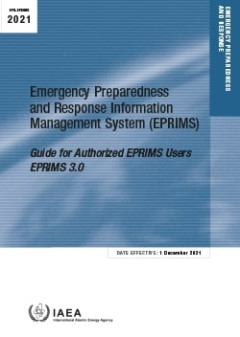
Emergency Preparedness and Response Information Management System (EPRIMS): E…
At its 59th regular session, the IAEA General Conference adopted resolution GC(59)/RES/9, which “[e]ncourages Member States to ensure regular self-assessments of their domestic nuclear, radiation, transport and waste safety, as well as emergency preparedness, using the IAEA self-assessment tools and taking into account the relevant IAEA Safety Standards”. To assist Member States in completi…
- Edisi
- -
- ISBN/ISSN
- 2518–685X
- Deskripsi Fisik
- 129 p
- Judul Seri
- -
- No. Panggil
- 539.75 IAE e
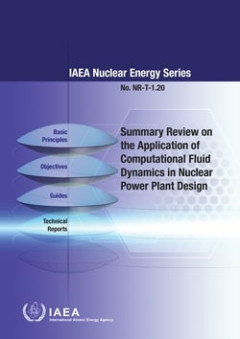
Summary Review on the Application of Computational Fluid Dynamics in Nuclear …
The IAEA’s statutory role is to “seek to accelerate and enlarge the contribution of atomic energy to peace, health and prosperity throughout the world”. Among other functions, the IAEA is authorized to “foster the exchange of scientific and technical information on peaceful uses of atomic energy”. One way this is achieved is through a range of technical publications including the IAEA…
- Edisi
- -
- ISBN/ISSN
- 978–92–0–100321–8
- Deskripsi Fisik
- 80 p
- Judul Seri
- IAEA nuclear energy series
- No. Panggil
- 621.039.5:532 IAE s
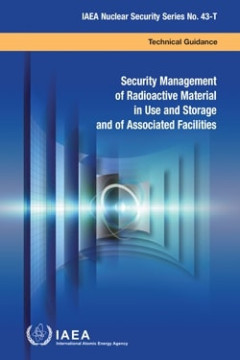
Security Management of Radioactive Material in Use and Storage and of Associa…
The IAEA Nuclear Security Series provides international consensus guidance on all aspects of nuclear security to support States as they work to fulfil their responsibility for nuclear security. The IAEA establishes and maintains this guidance as part of its central role in providing nuclear security related international support and coordination. The IAEA Nuclear Security Series was launched in…
- Edisi
- -
- ISBN/ISSN
- 978–92–0–118321–7
- Deskripsi Fisik
- 68 p
- Judul Seri
- IAEA nuclear security series
- No. Panggil
- 620.267:343.852 IAE s
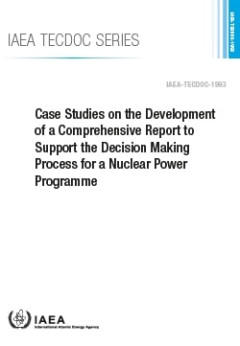
Case Studies on the Development of a Comprehensive Report to Support the Deci…
Launching a nuclear power programme is the sovereign decision of a country and constitutes a major undertaking requiring careful planning, preparation and investment in time, institutions, financing and human resources. The IAEA has developed a three phase methodology to support the development of the national infrastructure required for a nuclear power programme in a Member State. Known as …
- Edisi
- -
- ISBN/ISSN
- 978-92-0-101922-6
- Deskripsi Fisik
- 74 p
- Judul Seri
- International Atomic Energy Agency, 2022
- No. Panggil
- 621.483 IAE c
 Karya Umum
Karya Umum  Filsafat
Filsafat  Agama
Agama  Ilmu-ilmu Sosial
Ilmu-ilmu Sosial  Bahasa
Bahasa  Ilmu-ilmu Murni
Ilmu-ilmu Murni  Ilmu-ilmu Terapan
Ilmu-ilmu Terapan  Kesenian, Hiburan, dan Olahraga
Kesenian, Hiburan, dan Olahraga  Kesusastraan
Kesusastraan  Geografi dan Sejarah
Geografi dan Sejarah